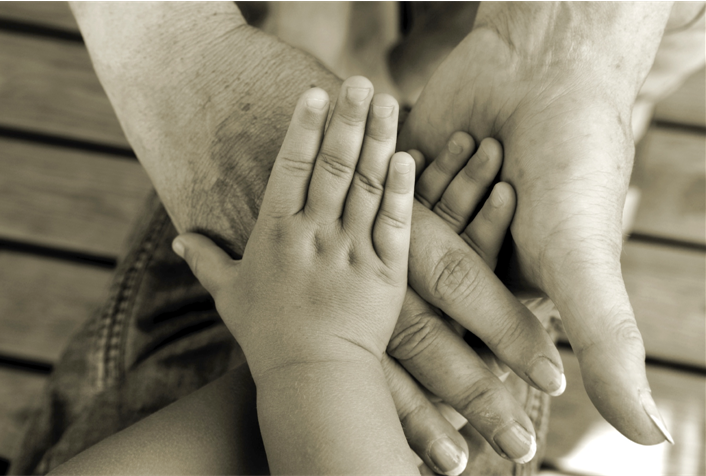Caregiving is one type of helping, like help older, sick or disabled family members and friends every day. We know we are helping but we are not caregivers. We are happy to do this and feel reward by it, but in heavy demands, it feel exhausted and stressed.
In short caregivers are sons, daughters, grandchildren, husbands, wives, nieces, nephews, friends and partners. While some people receive care from paid caregivers, most believe on unpaid help from families, friends and neighbors.
Caregivers manage large number of responsibilities. Such as:
- Buy groceries, clean house, cook or laundry
- Helps a family member to get dressed, takes a shower and medicines.
- Takes doctor appointment and talks with the doctors, care managers and other others to understand your needs
- Spending time to work handling a caregiving crisis or helping a family member who is sick

In small doses, these jobs are manageable. But having to juggle competing caregiving demands with the demands of your own life on an ongoing basis can be quite a challenge.
Different types of caregiving services such as child care and elder care. Childcare gives typically work for families and care for child when the parents are not available. They care child’s basic requirement, Such as food and personal hygiene or may help for homework. Main priority of child care is the safety of the child in their care. And they are doing work like cook, clean, play with children.
Child care provides different services like:
- Health, safety and good hygiene
- Good nutrition
- A well-maintained environment set up for children
- A Sufficient number of staff who are sensitive and responsive to children
- Opportunities for active play—mainly outdoors
- Options for quiet play and rest
- Opportunities for growing motor, social, language and cognitive skills through play
- Positive interactions with adults
- Practices that support positive interaction among kids
- Facilitation of emotional growth
Babies and toddlers might stay in childcare for whole day. Part of that time can be spent making ready toddlers for educational institution with activities like storytelling and building with blocks. For school-age kids, the bulk of a childcare provider’s duties can occur before and after school.
In many childcare workers organize, each child’s schedule around a series of structured activities because of each child gets enough play and rest. They are responsible for observing any emotional or development problems that arise with child.

